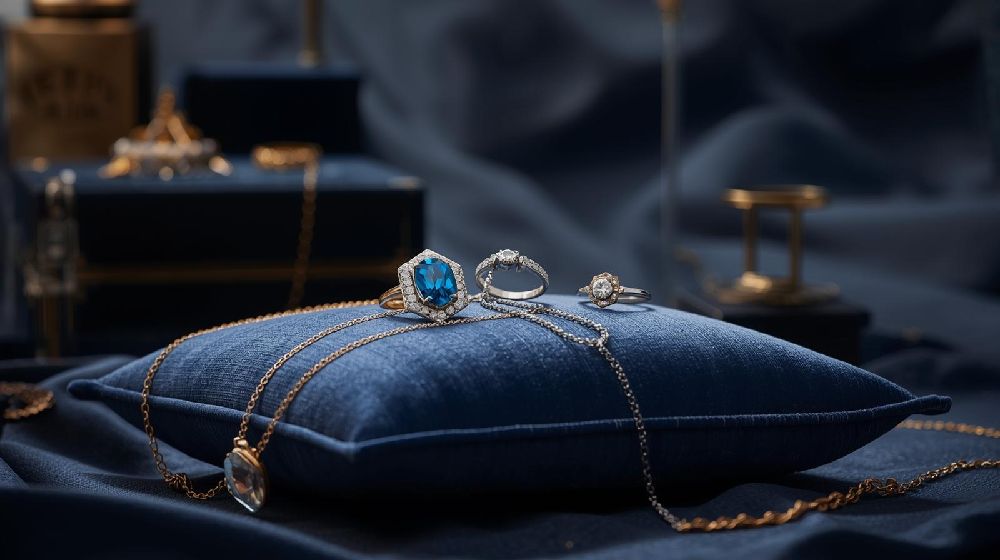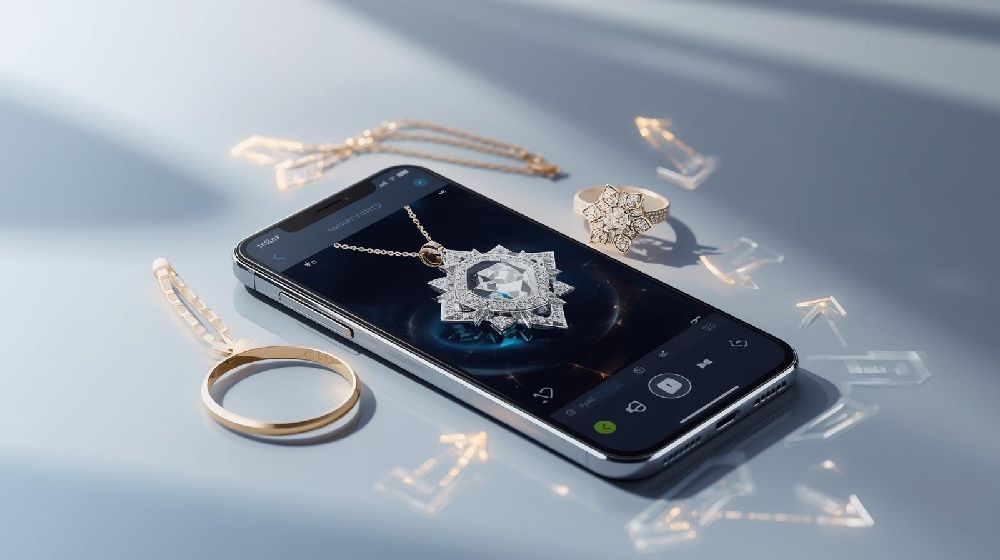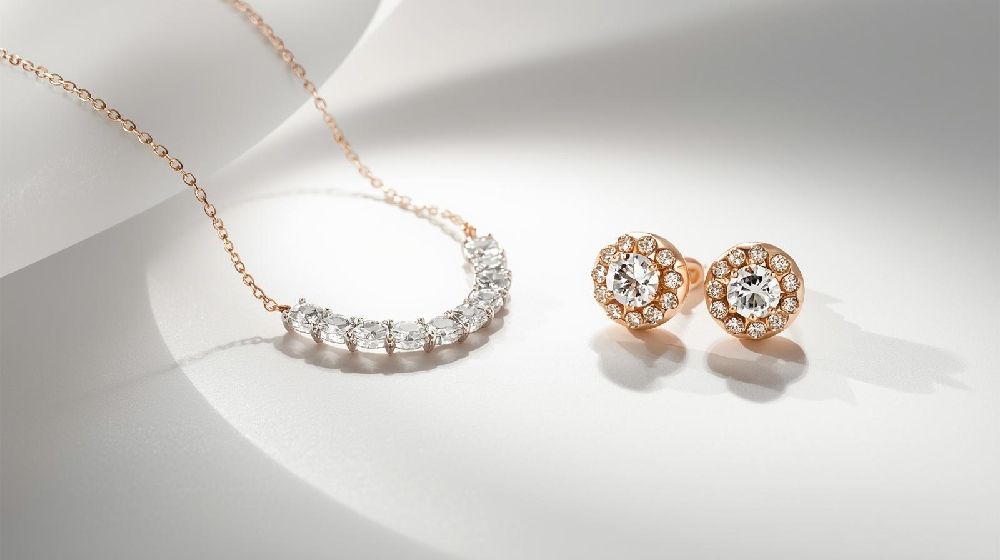The jewelry industry is no longer driven by tradition alone. As consumer behavior shifts and technology evolves, jewelry marketing is entering a new era—one shaped by digital storytelling, personalization, sustainability, and immersive experiences. Brands that adapt early will lead the market, while others risk falling behind. Let’s explore the key jewelry marketing trends shaping the future.
1. Storytelling Over Selling
Modern consumers don’t just buy jewelry—they buy meaning.
What’s changing:
-
Brand stories replacing product-only promotions
-
Focus on craftsmanship, heritage, and purpose
-
Emotional narratives over discounts
Jewelry marketing is moving from “what it costs” to “what it stands for.”
2. Short-Form Video Dominance
Reels, Shorts, and TikTok are becoming primary sales tools.
Key formats:
-
5–10 second design reveals
-
Before-and-after polishing transformations
-
Manufacturing and behind-the-scenes clips
Short videos create instant trust and boost conversion rates faster than static images.
3. Influencer & Creator Collaborations
The future belongs to micro and niche influencers.
Why they matter:
-
Higher engagement than celebrity endorsements
-
Authentic product demonstrations
-
Strong regional and cultural influence
Jewelry brands will increasingly partner with creators who reflect real lifestyles.
4. Personalization as a Marketing Hook
Customization is no longer optional—it’s expected.
Emerging strategies:
-
Personalized name and date engraving campaigns
-
Build-your-own jewelry tools
-
Custom collections marketed as limited editions
Personalized marketing creates emotional ownership before purchase.
5. AI-Powered Marketing & Customer Insights
Artificial Intelligence is reshaping how jewelry brands connect with buyers.
AI use cases:
-
Predicting buying behavior
-
Personalized recommendations
-
Automated customer support
Data-driven marketing ensures the right message reaches the right customer.
6. Sustainability & Ethical Transparency
Consumers want proof—not promises.
Marketing focus areas:
Transparency builds long-term brand loyalty, especially among Gen Z buyers.
7. Omnichannel Brand Experience
The future is seamless, not separated.
Integrated touchpoints include:
-
Website, social media, WhatsApp, and showroom
-
Online discovery with offline purchase options
-
Virtual consultations with real experts
Consistency across channels increases trust and conversions.
8. Immersive Technologies: AR & Virtual Try-Ons
Technology is reducing hesitation in online purchases.
What’s trending:
These tools replicate in-store experiences digitally.
9. Educational Content as Marketing
Knowledge builds credibility.
High-performing content includes:
Educational marketing positions brands as experts—not just sellers.
10. Community-Led Branding
Future jewelry brands will grow through communities.
Examples:
People trust people more than ads.
11. Subscription & Rental-Based Promotion
Access over ownership is gaining traction.
Marketing approaches:
-
Try-before-you-buy models
-
Jewelry subscription showcases
-
Occasion-based rental storytelling
These models attract younger, experience-driven buyers.
12. Data-Driven Visual Content
Visuals will become smarter, not just prettier.
What’s evolving:
-
Performance-tested creatives
-
A/B tested product videos
-
Region-specific designs and messaging
Analytics will guide creative direction.
Conclusion
The future of jewelry marketing lies at the intersection of emotion, technology, and authenticity. Brands that invest in storytelling, personalization, sustainability, and digital-first strategies will shape the next generation of jewelry consumers. Marketing is no longer about selling gold—it’s about building lasting value around it.











